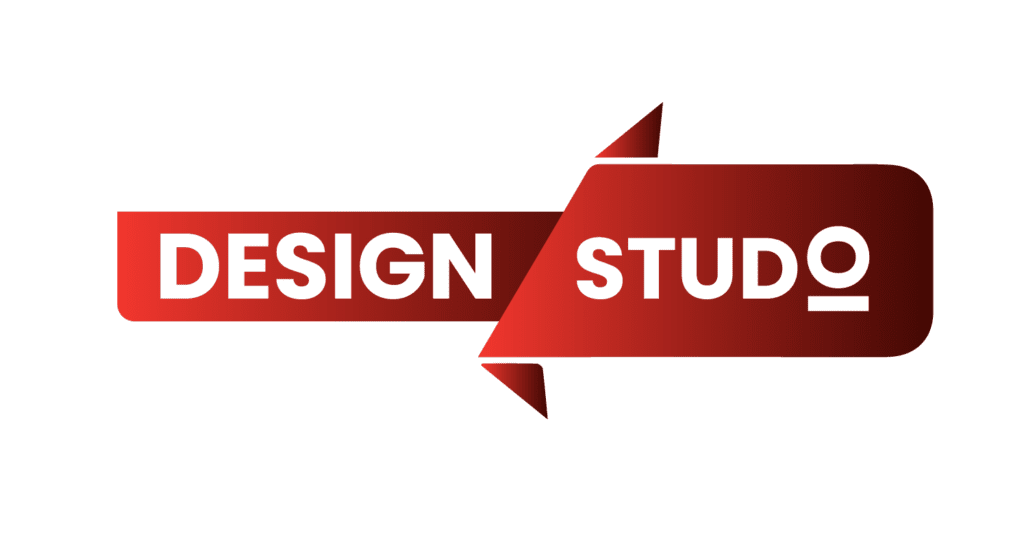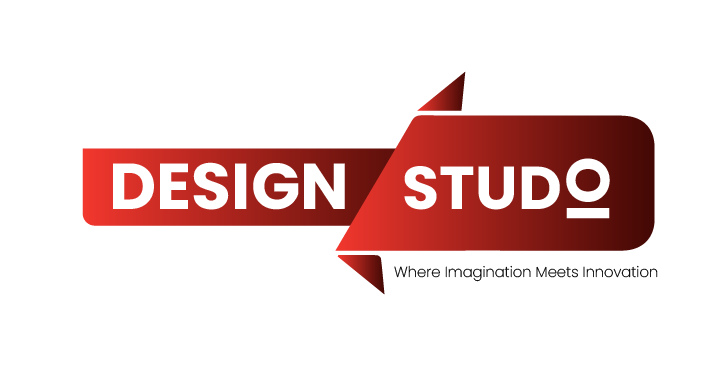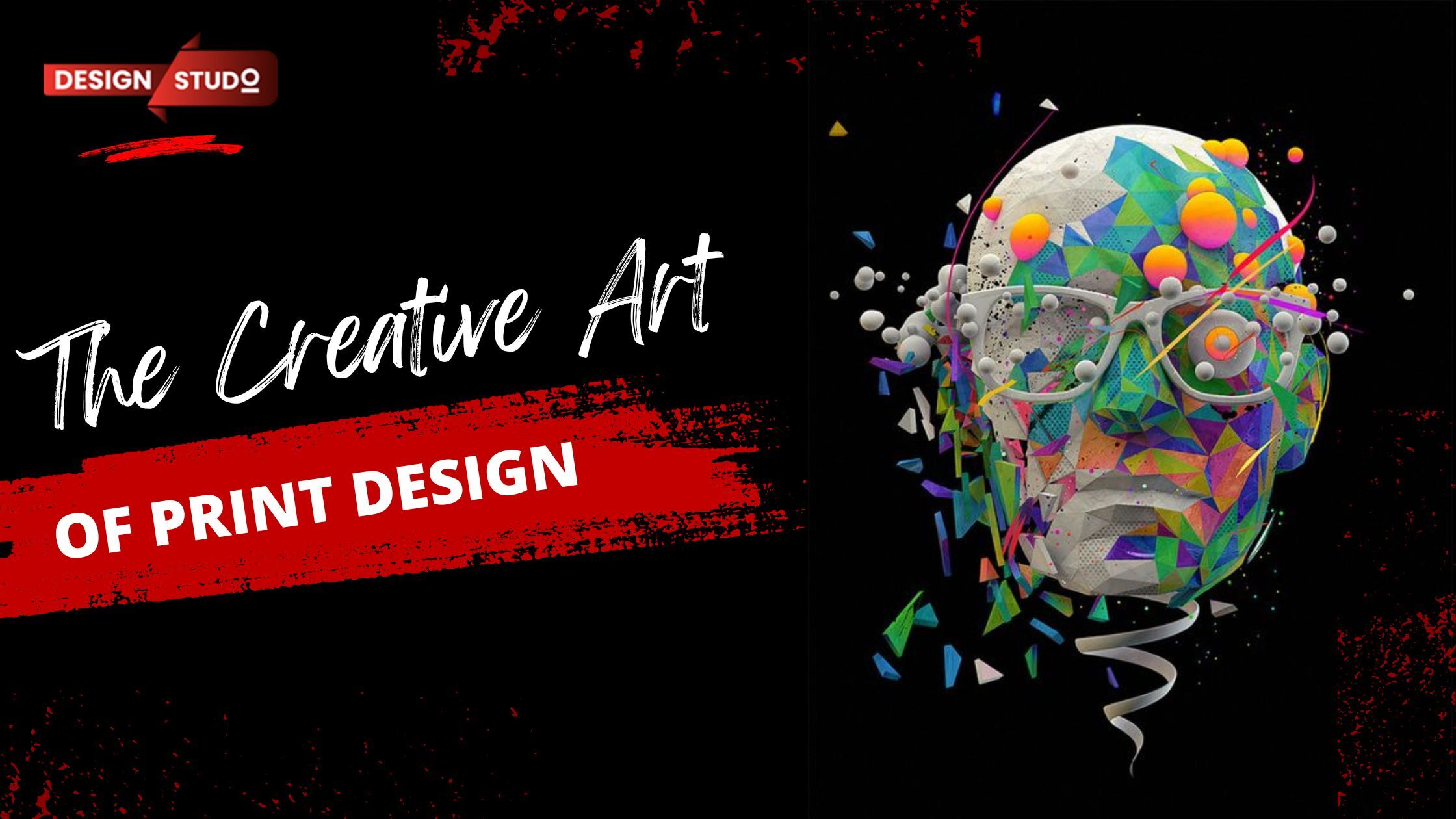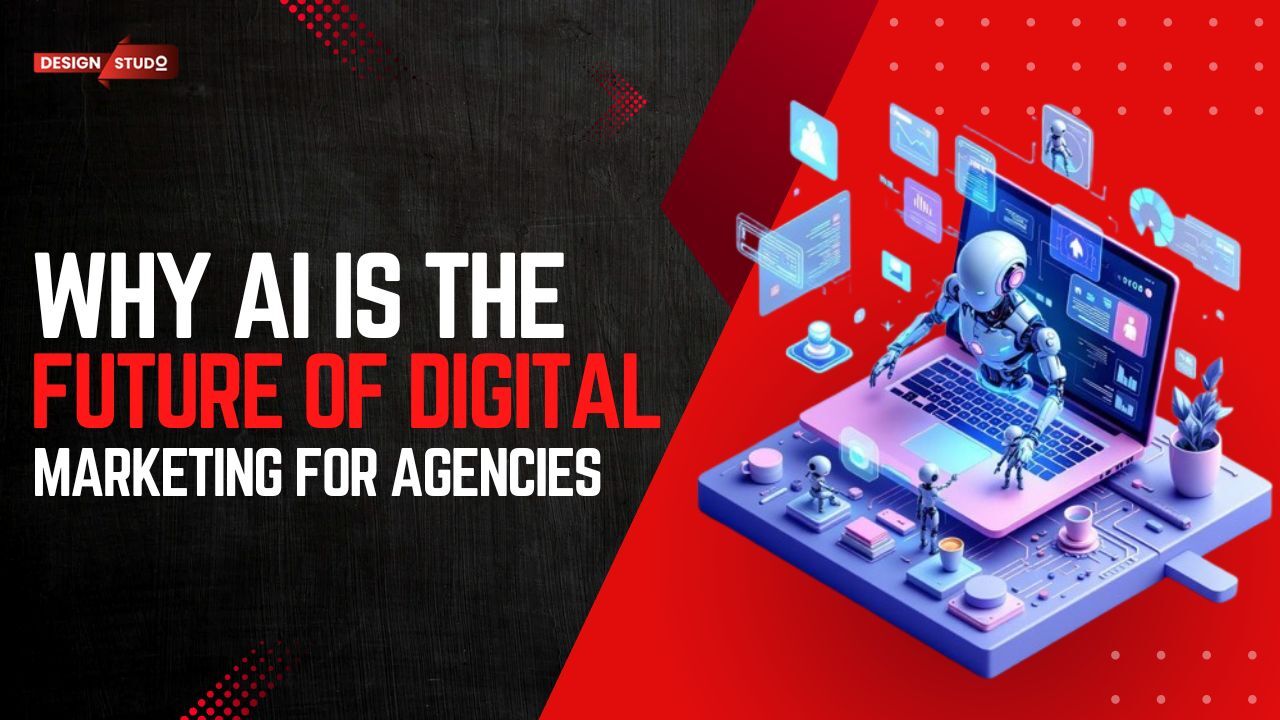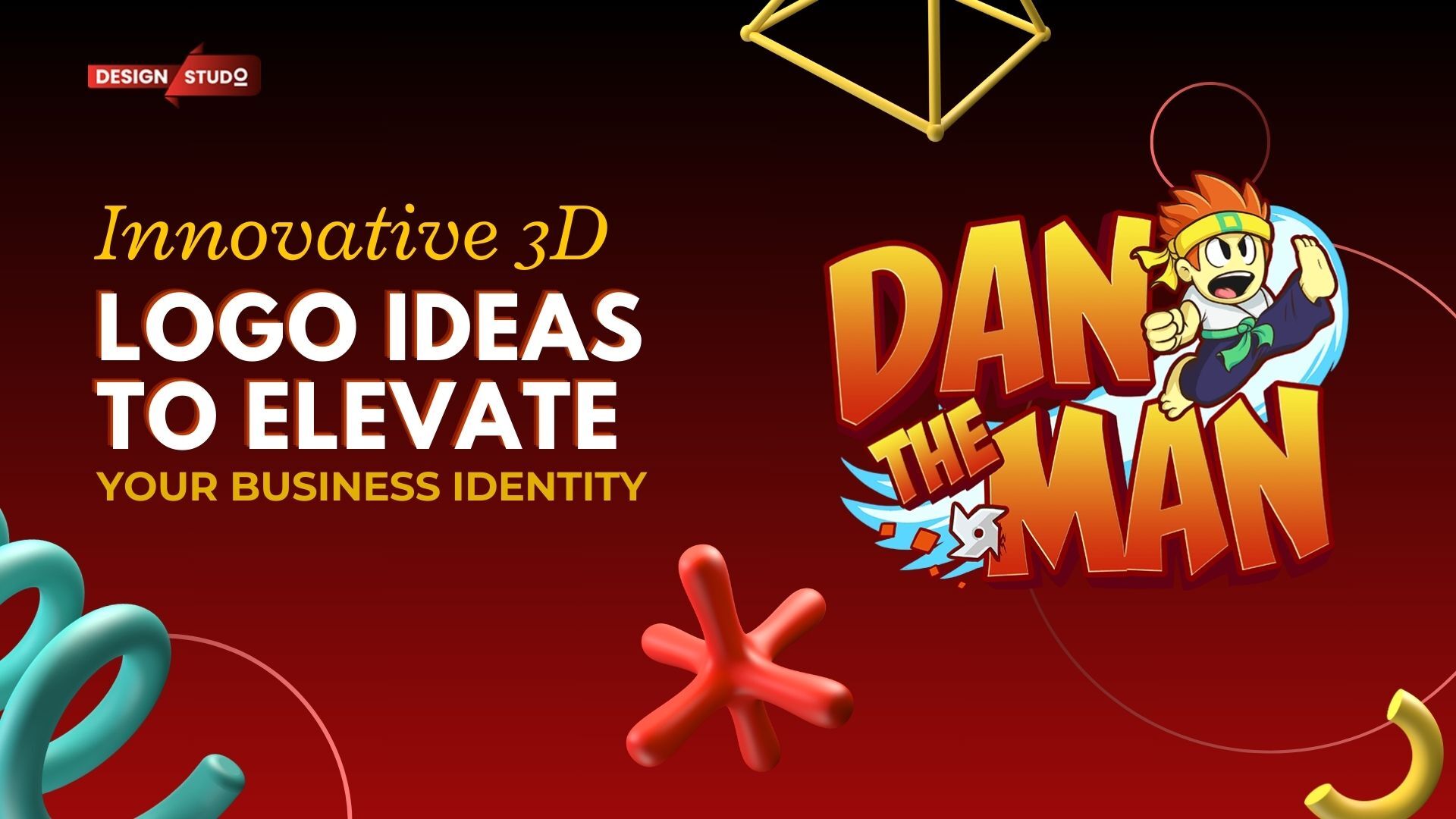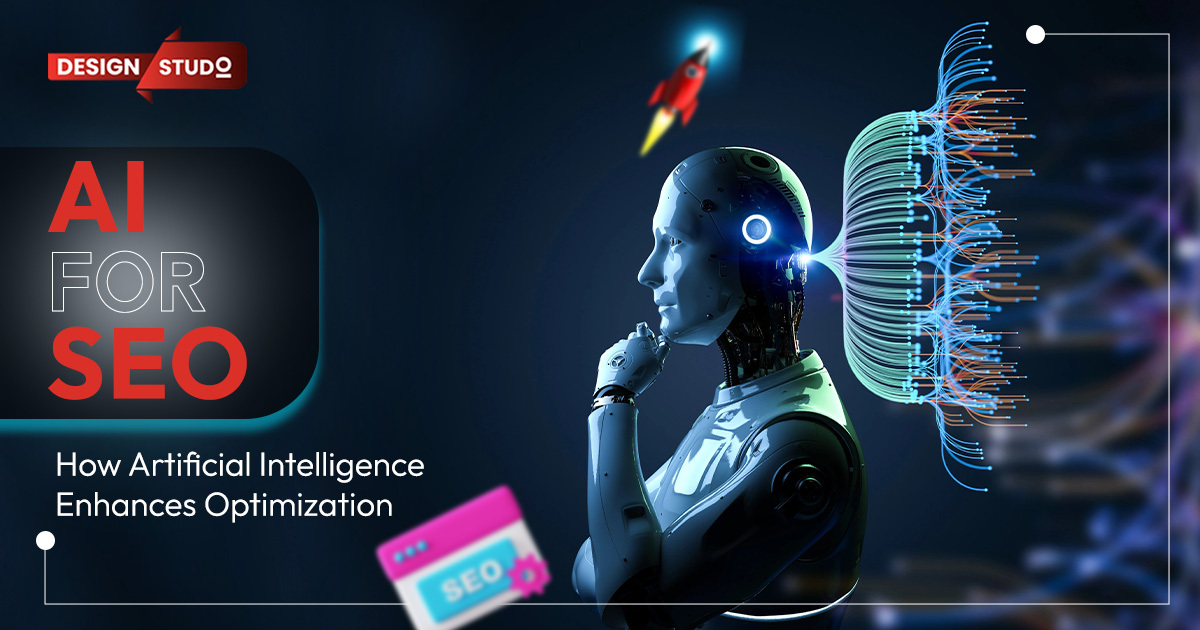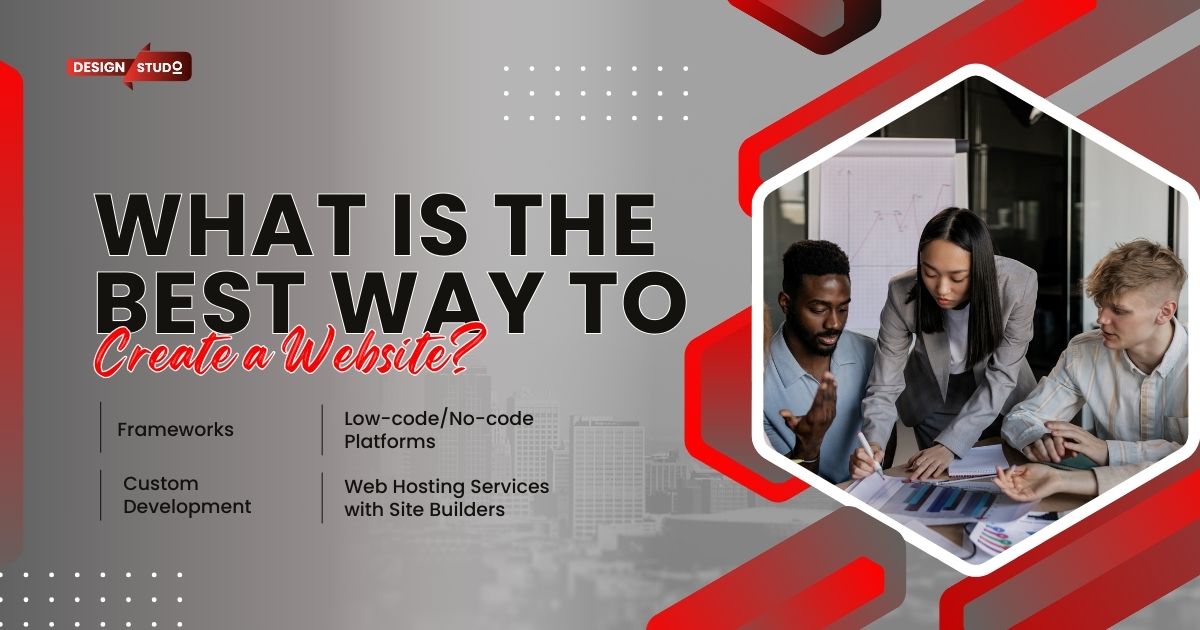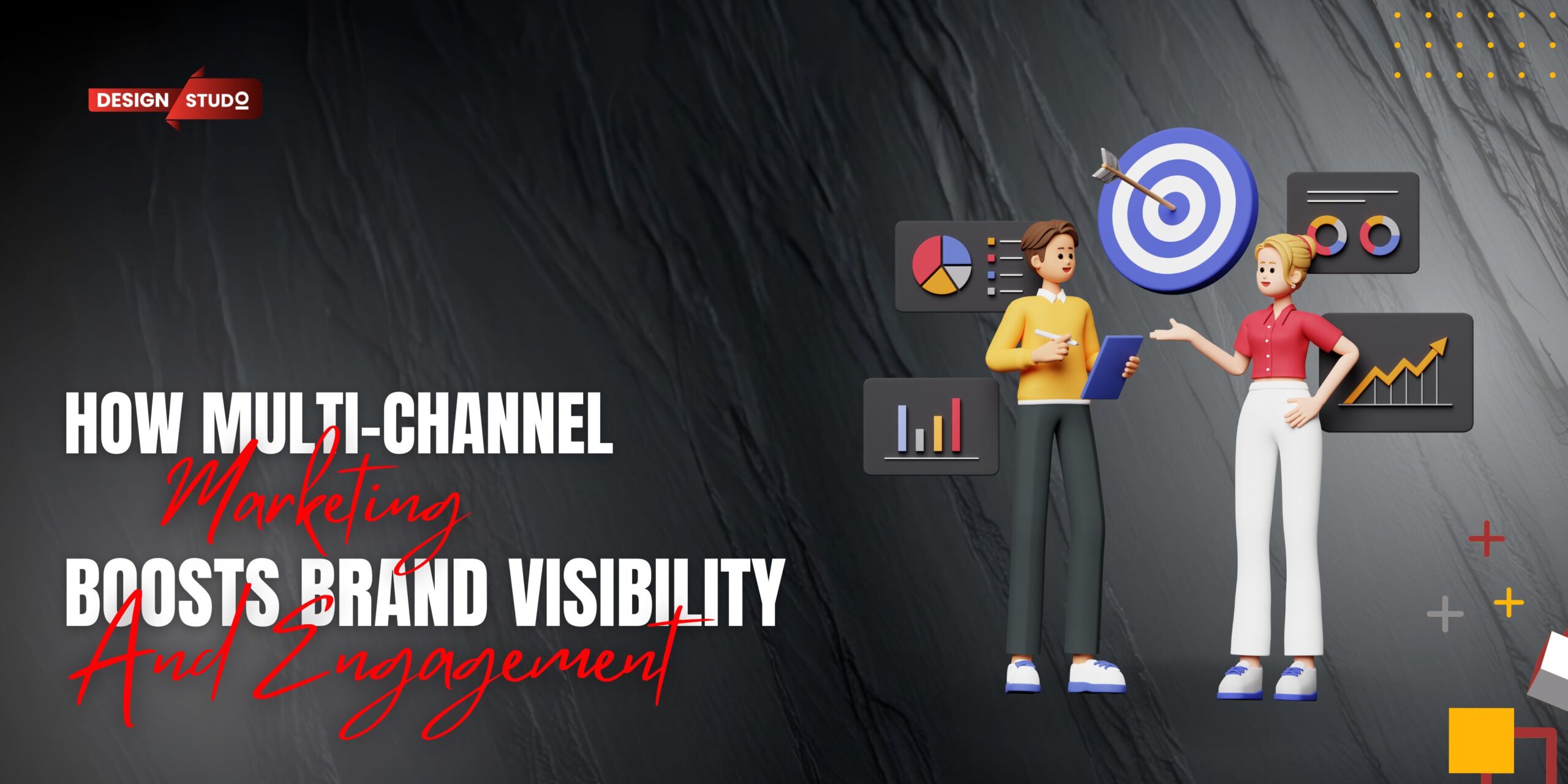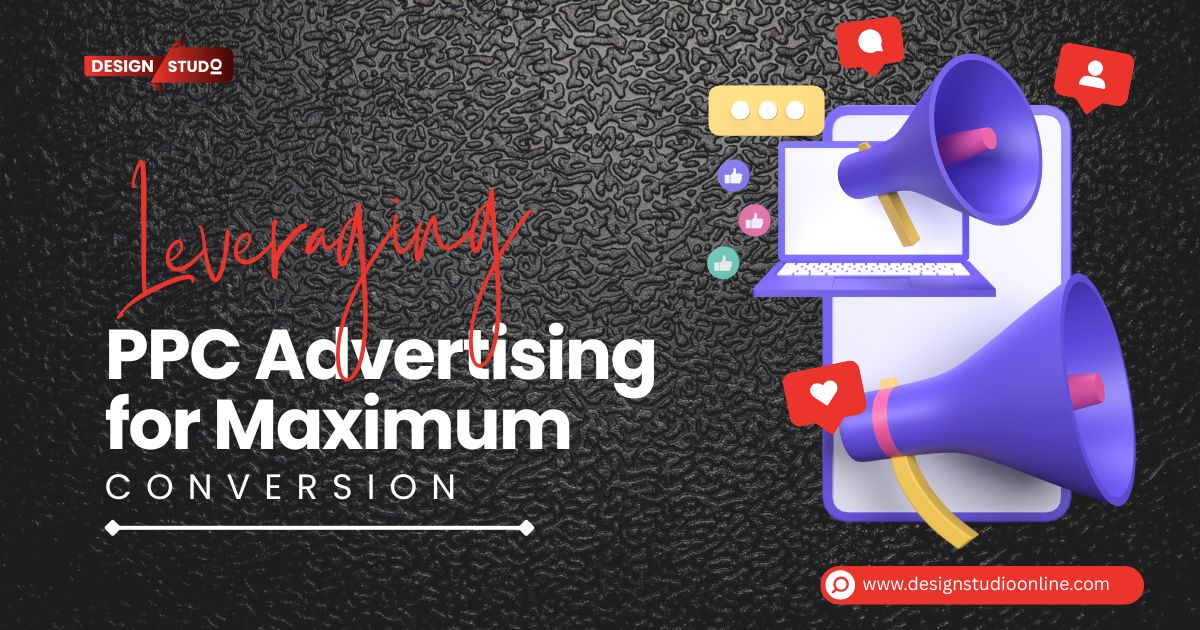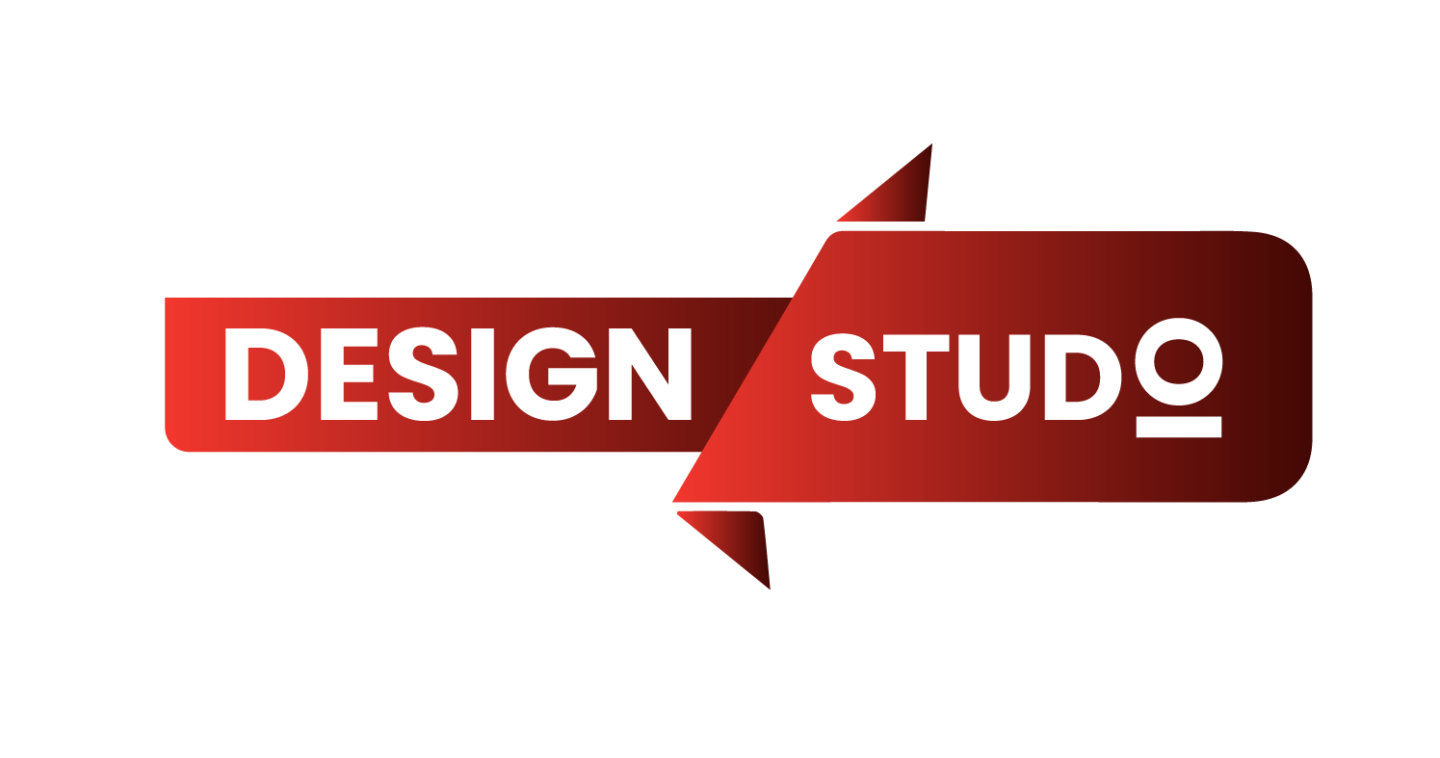In the ever-evolving landscape of digital media, print design continues to hold a vital place. While technology has transformed how we communicate, the allure of print remains undeniable. From captivating brochures to eye-catching posters, print design serves as a powerful medium for storytelling and brand identity. In this article, we’ll explore the creative art of print design, the tools that empower designers, and the best software for 2D animation that complements this craft.
Understanding Print Design
Print design encompasses a variety of formats, including brochures, business cards, flyers, and packaging. Each piece serves a unique purpose and requires a distinct approach to design. The primary goal is to communicate a message effectively while maintaining aesthetic appeal.
The Importance of Print Design
- Tangible Experience: Unlike digital media, print offers a tactile experience. The feel of quality paper, the vibrancy of colors, and the intricacies of textures create a lasting impression. This sensory engagement fosters a deeper connection with the audience.
- Brand Recognition: Consistent print design reinforces brand identity. Through strategic use of colors, fonts, and imagery, print materials can convey the essence of a brand, making it memorable and recognizable.
- Credibility and Trust: High-quality print materials lend legitimacy to a brand. Well-designed brochures or business cards can elevate a company’s perceived professionalism, instilling trust in potential clients.
The Creative Process in Print Design
1. Research and Conceptualization
Before diving into design, understanding the client’s goals is paramount. This involves:
- Target Audience Analysis: Who will interact with the print material? Understanding demographics helps tailor the design to resonate with the intended audience.
- Competitor Analysis: Examining competitors can reveal trends and opportunities for differentiation.
- Mood Boards: Creating mood boards allows designers to visualize concepts, colors, and typography that align with the project’s goals.
Don’t forget to checkout:
10 Best Houston-Based Web Design Companies
Best 3D Animation Studios in the USA for 2025 Projects
2. Design Principles
Successful print design adheres to fundamental design principles:
- Balance: Achieving visual balance ensures that elements are distributed evenly, creating harmony in the layout.
- Contrast: Utilizing contrast helps draw attention to key elements. This can be achieved through color, size, or typography.
- Hierarchy: Establishing a clear hierarchy guides the viewer’s eye through the design. Important information should be more prominent.
3. Choosing the Right Software
Selecting the appropriate software is crucial for executing design ideas effectively. Here are some industry-standard tools:
- Adobe InDesign: Renowned for its versatility in handling multi-page documents, InDesign is ideal for brochures and magazines. Its powerful layout tools facilitate precise control over typography and images.
- Adobe Illustrator: Perfect for creating vector graphics, Illustrator is invaluable for designing logos and illustrations that require scalability without loss of quality.
- Adobe Photoshop: While primarily an image editing tool, Photoshop is often used for preparing images for print, allowing designers to manipulate and enhance visuals.
Best Software for Animation in 2D
As print design merges with digital media, incorporating animation can elevate the storytelling experience. Here are some top software options for 2D animation:
- Adobe After Effects: A leading choice for motion graphics, After Effects enables designers to create stunning animations that can complement print designs when transitioning to digital formats.
- Toon Boom Harmony: This software is widely used in the animation industry for producing high-quality 2D animations. Its advanced features cater to both beginners and professionals.
- OpenToonz: An open-source software option, OpenToonz provides robust animation tools while being accessible for those on a budget. It’s suitable for creating captivating animations to accompany print materials.
- Moho (Anime Studio): Known for its user-friendly interface, Moho is excellent for animators looking to create character animations and explainer videos that can enhance print campaigns.
The Future of Print Design
As technology advances, print design is not fading; rather, it is evolving. The integration of augmented reality (AR) into print materials is a growing trend. By incorporating AR elements, designers can create interactive experiences that bridge the gap between print and digital.
Sustainability in Print Design
With increasing awareness of environmental issues, sustainable practices in print design are becoming essential. Designers are exploring eco-friendly materials and printing techniques, ensuring that their creations are both beautiful and responsible.
Conclusion
The creative art of print design remains a cornerstone of effective communication. By understanding the principles of design, leveraging the best software tools, and embracing innovation, designers can craft compelling print materials that resonate with audiences. As we move forward, the fusion of print and digital media will continue to shape the landscape, offering endless possibilities for creativity and engagement.
In a world where first impressions matter, investing in high-quality print design is not just an option; it’s a necessity. Whether through captivating brochures, stunning posters, or interactive print campaigns, the power of print design is here to stay.
Also check out Design Studio Online GBP…
